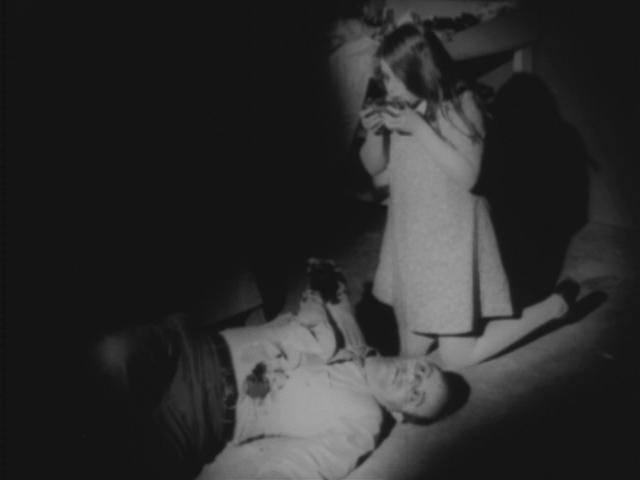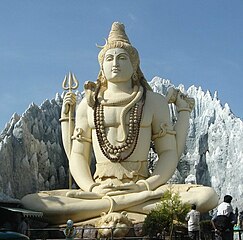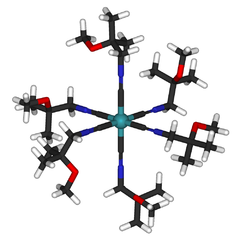Prior to the Population War, several Malthusian inspired apocalyptic fictional works had featured the horror of cannibalism. While over-population hysteria had become unpopular in the Post-Population War era, the public had acquired a taste for such horror and found satiation for this in the rise of the Hungry Dead genre.

Three major kinee series in the 1940s and 1950s really defined the Hungry Dead movement. The first was a British-Southron collaboration that was a more scientifically based horror kinee "The Rabid" which also played on classic British fears of rabies. While the first Rabid kinee was set in Great Britain as the outbreak of a new strain of rabies creates the Rabid (and unlike other Hungry Dead series also featured hungry dead animals of all sorts), subsequent kinees in the series often were set in the DSA depicting a world-wide outbreak. While technically not 'dead', the infected in subsequent kinees of The Rabid series, perhaps reflecting on the popularity of other Hungry Dead series, were shown to be gradually decaying (akin to what was classically depicted for lepers). The Rabid had the appearance of the dead and for most of the series past the original kinee there were no practical distinctions from other Hungry Dead kinees (though the 'dead' of The Rabid series often were also depicted as being fast moving threats compared to their more mythic counterparts).

Another series that eventually found a home in the kinee industry of San Diego was initially a foreign kinee from Scandinavia. Entitled "Draugar" in the original Scandinavian creation and loosely based on the old Scandinavian myths of the again walking dead, when imported to the English-speaking world instead of trying for a direct translation a clever play on words and inspired by the ponderous movements of the mythic horrors depicted in the kinee, the English title for the kinee and the subsequent series was "The Draggers." The Draggers series was among the first to depict the hungry dead arising from their graves to feast on the living.

Made around the same time as Draugar (and there is some controversy still as to whether there was 'borrowing' of ideas from one or the other kinee) was a French-Ottoman collaboration entitled "The Curse of Ishtar." The Curse of Ishtar had the stronger backstory though the make-up and kinematography of Draugar was more lauded. In The Curse of Ishtar, French academics digging in the Ottoman Empire disturb a 'secret temple' dedicated to Ishtar, ignoring the curse protecting the temple.
"If you open the gate,
I shall raise up the dead and they shall eat the living:
And the dead shall outnumber the living!"
In the French translation the word ghoul is used to refer to the Hungry Dead, and the later series was referred to as the "Ghoul" series. The Curse of Ishtar gained a cult following in the Francophone minority of the northern United States and "Ghoul" kinees in future were often Franco-American collaborations as the USA worked to compete with the kinee powerhouse out of Albion.
After the 1950s many horror stories used the terms 'dragger' and 'ghoul' interchangeably though in general ghoul was more popularly used in the USA and dragger in the DSA (with rabid being more a subgenre).













